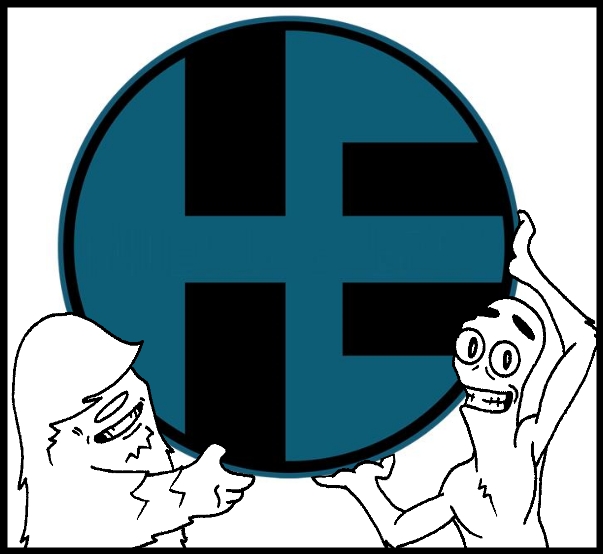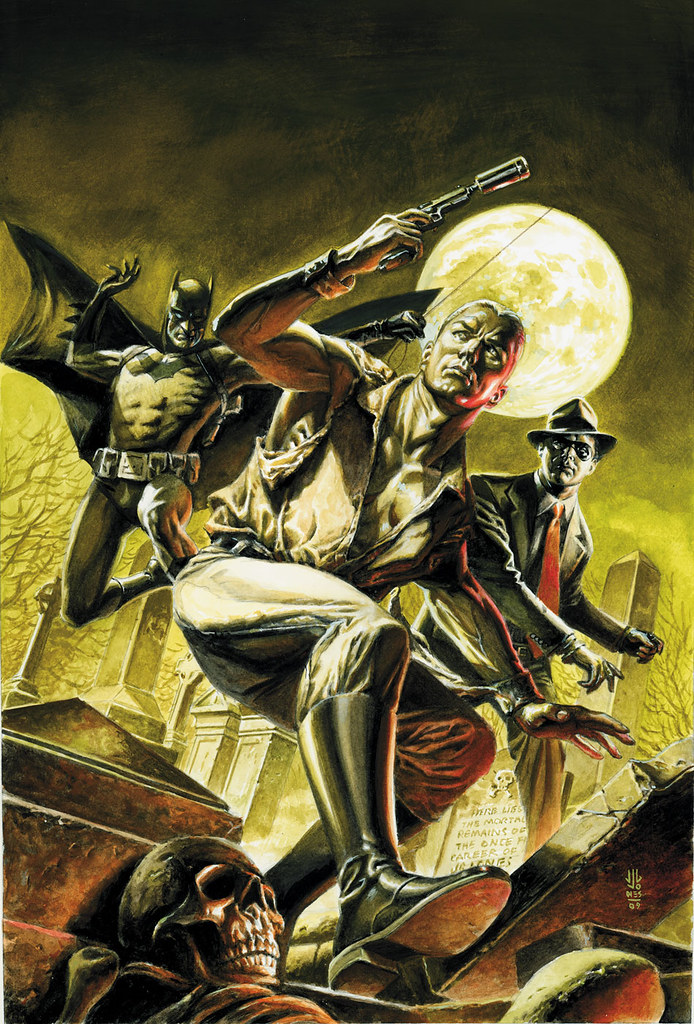A posting over on Robot 6 led me to another posting, this one by blogger Erin Polgreen, where I read about Mark Millar potentially being a racist and/or sexist. The comic book world is a small one, and generally you can have contact with almost any creators - there are exceptions - and if you don't, then somehow, someway your words can find a way to reach the ears they are addressing. It's a concern as old as the concept and practice of journalism itself, but one that hasn't decreased in relevance today.
How much should a journalist (or commentator, observer, critic, whichever adjective is being used) allow the reception of his/her words to affect which words are put forth?
I've read countless issues of Wizard magazine filled with unbounded praise, limitless kind words regarding anything they decided to write about. I can't remember a single time I read an article or feature critiquing an artist or writer's work, giving an unfavorable review of anything. The argument has been posed that to go out of their way to pan comics would be counterintuitive; why not focus on the good, or entertaining ones?
I've always been a member of both modes of thought. The positive is great, but it is made relevant by the negative. Everything is not great. But, and this is really important, everything is not awful.
- • -
My first experience with a Mark Millar book was "Red Son," published by DC. I loved that book, and still do to this day, although my love of it is starting to seem weaker each year if for no other reason than my enjoyment of other Millar works has been either minimal or non-existent. It's not that I can't enjoy a single entry in an author's oeuvre while simultaneously being underwhelmed or disappointed in the rest. I haven't read "Red Son" in a few years, and I'm starting to wonder if my level of enjoyment will be less than it was originally.
Miss Polgreen discusses in her article the reasons she thinks Mark Millar is racist and/or sexist. Although she brought up some great points, and discussed pieces of Millar's past writings, I found myself wondering if I read comics with the same mindset she, and other critics, need in order to come up with these thoughts regarding the works. Initially I thought no. So instead of reacting to her accusation of Millar's sexism and racism I went into a bout of navel-gazing. Maybe that's what writing is supposed to do, maybe not. Either way, I wondered if I did (or could/would) read comics in the same way Polgreen was.
I hate to say she was searching for the offending bits, because her reading habits or practices are completely unknown to me. The only reason a thought like that even comes up is because when I read a comic I am somewhat disconnected, meaning that I usually try to switch my critical mind off. It's not always easy - markedly so when the comic isn't good - but I try to arrive at a place where I feel as if I am inside the world being created for me.
- • -
Mark Millar has done plenty for me to dislike him as a writer; I don't know him personally. "Kick Ass" was optioned to become a film before the first eight-issue story was even on the shelf; hell, before the first three issues were more than an outline. He started a comic called "War Heroes," with an entire year separating the publication of the first and second issues. He has all but abandoned the comic book world, and these are the most glaring offenses I think of when I think of Mark Millar, or his comics.
Sexism and racism are much harsher condemnations, I think, and not that I necessarily avoid those labels, but they tend to not surface in my mind right away. After reading Miss Polgreen's article...I dont' know.
In issue eight of "Kick Ass" main character Dave Lizewski tells the girl he's been lusting after that he was in fact pretending to be gay to get closer to her, and Millar tricks the reader with a false account of her fawning over him, saying how glad she is that he's finally come clean. THEN. You hear the real account, where she tells Lizewski how pathetic he is, and sends him a picture of herself blowing her boyfriend, whom Millar goes out of the way to categorize as some certain ethnicity other than white.
Although I didn't read this and immediately think, "Whoa, racist AND sexist," I did decide that "Kick Ass" was no longer a book I'd read. Up to then I'd already been getting marginal enjoyment out of it, so the loss wasn't huge.
Read Polgreen's article and see what you think. Although Millar seems to be repeating himself with the amount of potentially racist or sexist material he puts in his books, it's dangerous to label a creator as either when it is their characters delivering the evidence. On the other side of that coin, if a creator puts enough racist, sexist, or some other offending bit into their work on a regular basis, can the reader/viewer/consumer make an educated guess about their beliefs?



